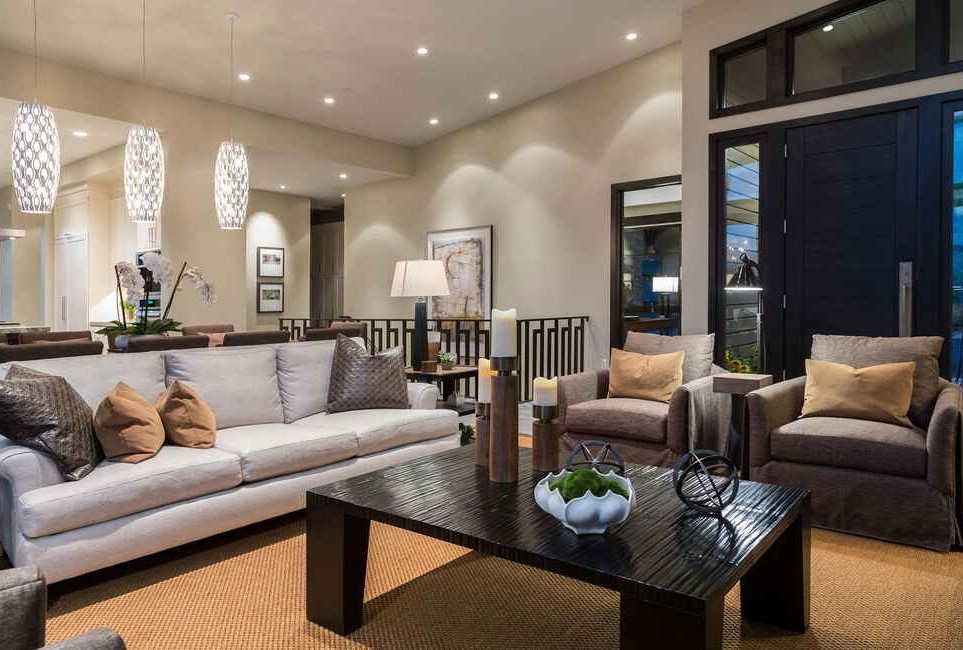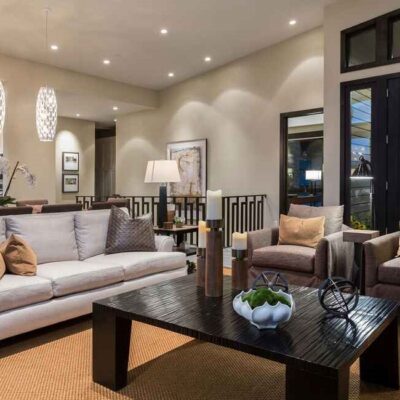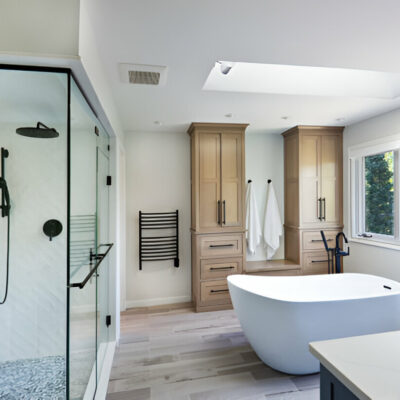If you are looking to transform your home, there are a few things that are effective immediately. A coat of fresh paint, along with a smart interior design, can make a drastic change in the overall appearance of your home.
Whether you’re updating one room or your whole home, your choices in color, décor, and layout matter a lot. There are some Painting rules for home interiors, and doing your home’s interior design and home interior painting can be a lot of fun, but it can also be overwhelming and tiring, as it takes a lot of time and energy.
Group DL LLC has a complete guide to help you understand the dos and don’ts of home interior designing and home interior painting. By keeping these tips in mind, you can give your home a unique appearance and visual appeal.
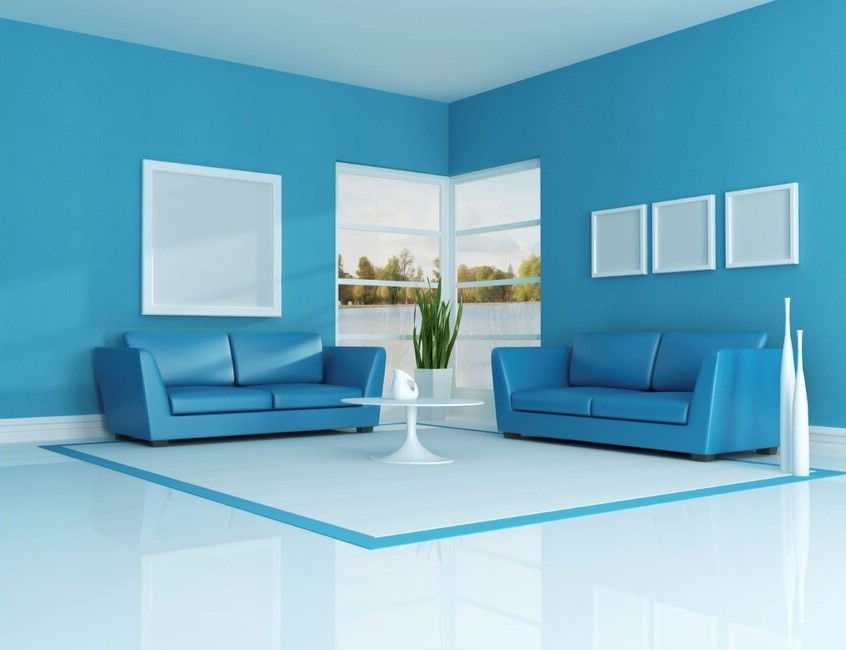
DO’S:
Make A Clear Plan
It is necessary to have a clear vision of what you want, even before you pick up a brush or move a single piece of furniture. Carefully select the space from which you want to start. Thoroughly think about the colors, furniture, and other decorative sculptures, and how they are going to help you in achieving your vision.
- Make a board with images, swatches, and design inspirations that you are thinking of considering for your space.
- Give thought to functionality and how you are using the space in your day-to-day life.
- Carefully plan your budget and timeline.
DON’T’S:
Don’t Rush Into Decisions
One of the common mistakes that many homeowners make is that they rush towards designing and painting. It is the worst mistake to make because a colour or design that may seem perfect at first may seem completely different in lighting. Test paint swatches on your wall and live with them for a few days to see how they change throughout the day.
Do’s:
Choose the Right Paint Finish
The finishing of your home painting can affect the overall appearance of your room. A few of the Home Interior Paint Ideas are given below:
- Matte or Flat: Great for hiding imperfections, ideal for bedrooms or ceilings.
- Eggshell: A soft, low-sheen finish that’s suitable for living rooms and hallways.
- Satin: Offers a silky finish, is easy to clean, good for kitchens and bathrooms.
- Semi-gloss and Gloss: Durable and shiny, best for trim, doors, and areas with moisture.
DON’T’S:
Don’t Ignore Paint Quality
Cheap quality saves you a lot of money, but frequent use needs several coats and still results in chipping. High-quality home paints are recommended, especially in high-moisture areas.
Do’s:
Choosing A Cohesive Color Scheme
By choosing a Home Interior paint combination, you can bring harmony and flow throughout the home. Use a main colour theme and mix lighter or darker shades in different rooms. This adds variety while keeping a sense of unity.
- Use the 60-30-10 rule: 60% dominant color, 30% secondary color, 10% accent.
- Consider using neutrals as your base and layering with bold accents.
Don’t:
Don’t Use Excessive Bold Colors
Bold colors are fun to work with, but they can immediately become overwhelming if not used in moderation. An electric blue or a bright red paint looks great on an accent wall. But painting the whole room with the same color can cause visual discomfort.
Do’s:
Consider Natural And Artificial Lighting
Lighting plays a huge role in how colors appear. A room with big windows and natural light shows colors better than one with artificial light.
- North-facing rooms tend to have cooler, dimmer light, and warm tones work well here.
- South-facing rooms get warm, bright light, and cool tones can balance the warmth.
- Use layered lighting: overhead, task, and setting.
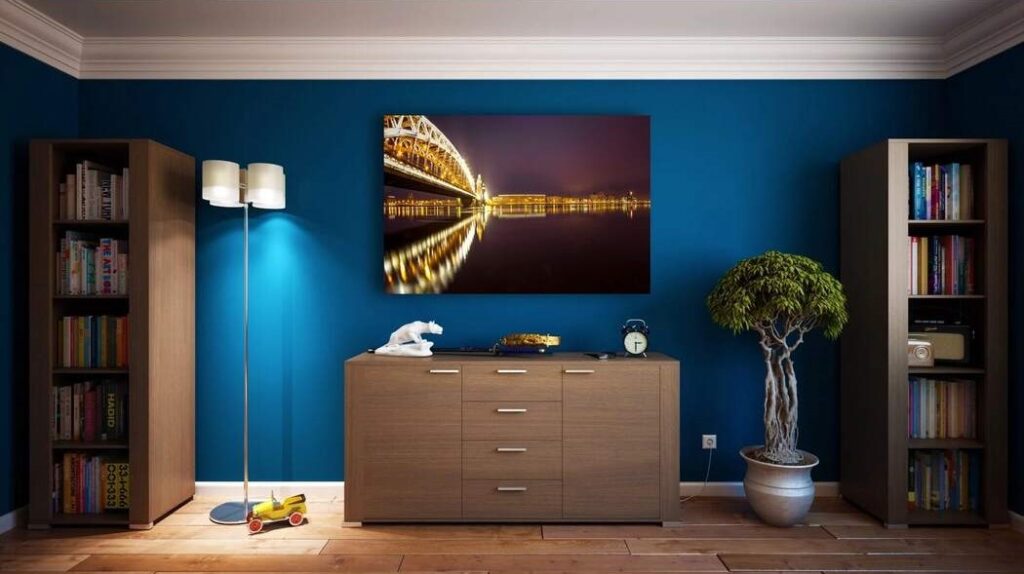
Don’t:
Forget about lightning
Many homeowners pick paint colors under store lights or daylight. They are surprised when the colors looks different at night in their home. Consequently, make sure to always test it under your home’s natural and artificial lights before committing.
Do’s:
Prepare Surfaces Before Painting
Painting only looks good when the surface is prepared carefully. Take your time to learn about the Painting do’s and don’ts:
- Clean walls of dust, grease, or mildew.
- Fill in cracks and holes with spackling paste.
- Sand the surface for smoothness.
- Use painter’s tape to get clean edges.
DON’T:
Skip Primer for Home Interior Painting Design
Primer creates a neutral base that allows paint to bond better and display true colour. It is necessary to seek help through the interior wall painting guide, like the one Group DL LLC has made. This will help stop stains from bleeding through and help your paint last longer.
Do’s:
Match Your House Indoor Design With Preferences
Your house’s Indoor Design should match the way you live. If you have kids or pets, choose sturdy fabrics, easy-to-clean surfaces, and furniture with rounded edges.
- Choose performance fabrics for sofas and chairs.
- Use washable wall paint finishes.
- Select sturdy rugs with non-slip padding.
DON’T:
Prioritize Aesthetics Over Functionality
Another common mistake that a homeowner makes is that in all the home interior design, it’s easy to focus only on looks. If your furniture looks nice but feels uncomfortable, you will regret your choice. Also, a pretty design can be impractical, leading to more disappointment. Always balance style and function.
Do’s:
Include Texture And Layering
A well-designed space catches the eyes of many people. Use various textures such as:
- Wood, metal, and stone for contrast.
- Cushions, rugs, and curtains for softness.
- Wall art and decorative accessories for depth.
Layering creates warmth, richness, and personality in your interiors.
DON’T:
Overcrowd the space
According to the new Interior design trends, too many textures, furniture pieces, or design elements can clutter and confuse a room.
Do’s:
Pay Attention To Dimension And Scale
Use home interior decorating tips that suit your room, such as:
- Small rooms: Opt for sleek, low-profile furniture.
- Large rooms: Use big pieces and groupings to prevent the space from feeling empty.
Use area rugs, art, and lighting to ground and frame areas in larger rooms.
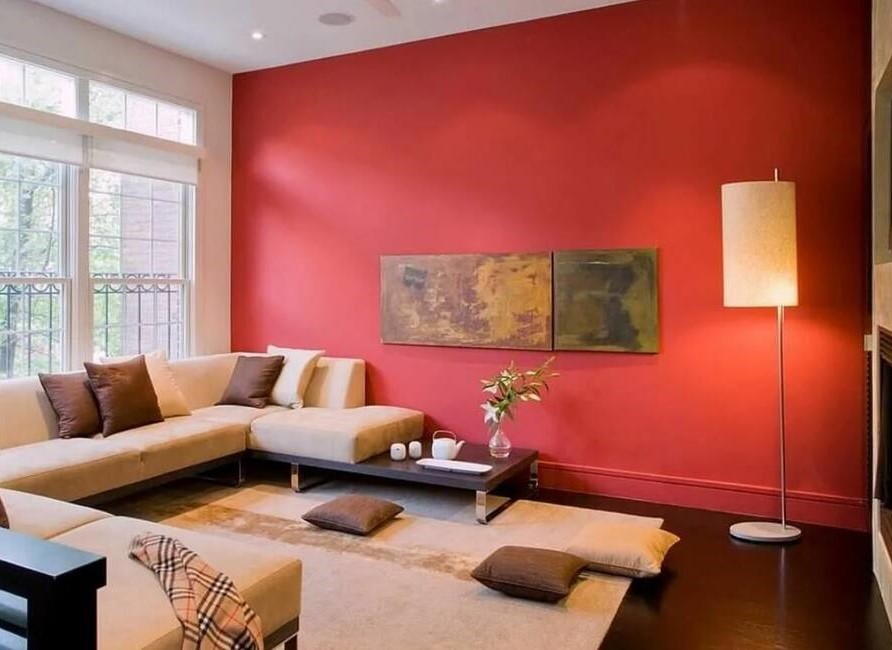
DON’T:
Use Oversized Furniture in Small Rooms
If you follow the latest Interior design trends, putting a big sectional in a small living room can make it feel cramped and uncomfortable. Likewise, a tiny coffee table in a large room will feel empty. Always measure and plan.
Do’s:
Add Personal Touches
Your home should reflect your personality. Add items that bring you joy or tell a story:
- Family photos in coordinated frames
- Souvenirs from your travels
- DIY artwork or heirlooms
These pieces add authenticity and warmth to any space.
DON’T:
Copy Pinterest or Instagram Blindly
Many homeowners follow Social media to look for Interior design trends that fits their lifestyle, space, or budget. Use inspiration as a guide, not a rulebook. The goal is to personalise your home.
DO’s
Update Hardware and Fixtures
Small updates, such as changing cabinet handles, doorknobs, and light fixtures, can create a noticeable improvement in your home’s appearance. They require little cost and effort.
- Choose a consistent metal finish for the hardware.
- Consider energy-efficient LED lighting upgrades.
- Swap out dated light switch covers or vents.
DON’T:
Neglect the Details
Small design elements like curtain rods, light plates, and baseboards may seem insignificant, but they make a big impact. Painting baseboards a fresh white or adding crown molding can elevate your interiors instantly.
Conclusion
Interior painting and Home Interior Painting are not just about making your home look beautiful. It is they’re to create a space that feels like home. By following Interior Painting Tips and the dos and don’ts, you can avoid common pitfalls, save money in the long run, and design a space that is both functional and timeless.
Furthermore, for professional contracting services, you can get in touch with Group DL LLC. They will take care of your home. From affordable handymen services and remodeling services to general contracting, they are the most trusted and reliable company.
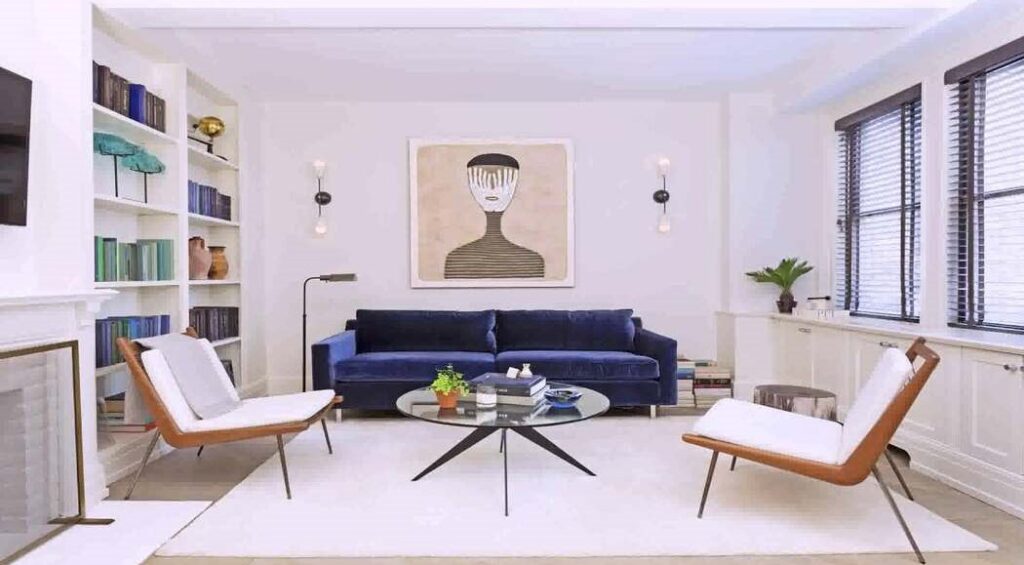
FAQS
How do I choose the right interior paint color?
Start by considering the room’s function, lighting, and the mood you want to create. Always test swatches on the wall. Check them in natural and artificial light. This way, you can see how the colour changes throughout the day.
Do I need to use primer before painting the walls?
Yes, especially on new drywall, dark-coloured walls, or stained surfaces. Primer ensures better paint adhesion, enhances colour accuracy, and improves durability.
How can I make a small room look bigger with paint and design?
Use light colors, mirrors, and minimal furniture. Keep the palette simple and cohesive. Avoid big or bulky décor items; they can make the space feel cramped.
Can I mix different interior design styles in one home?
Yes, but do so with caution. Stick to a cohesive colour palette and limit clashing elements. Mixing modern with rustic or classic with contemporary can create a beautiful style when done thoughtfully.
What should I avoid when painting my home’s interior?
Avoid low-quality paint. Don’t skip surface prep. Test trendy colours before use. Choose the right finish for each room type. Also, don’t forget to factor in lighting before finalising colours.
How important is lighting in interior design and painting?
Use layered lighting (ambient, task, and accent) to create a balanced atmosphere.

